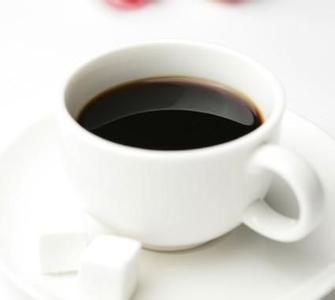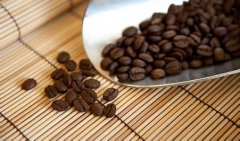Identification skills of genuine and fake coffee basic knowledge of coffee beans

The "coffee" here refers to the brown powdered solid drink of raw coffee beans after roasting and grinding. Common adulterants in coffee are chicory root powder, roasted ground grains, etc., or processed with other bean-shaped seeds instead of coffee beans.
Sensory organs
The coffee is brown and powdery, and the coffee has a special aroma due to Maillard reaction during roasting, while fake coffee has no or little such specific aroma.
Density
Put the coffee powder to be tested in the test tube, add saturated sodium oxide solution and shake. The aqueous solution of real coffee should be light amber, and all or almost all of the powder floats, on the contrary, if most of the powder settles at the bottom of the tube, and the aqueous solution is dark yellowish brown, it is a substitute for chicory, roasted grains and other substitutes.
Qualitative examination of chicory root powder
Take about 10 grams of coffee to be tested, boil with 25 ml of water for 5 minutes, add excess alkali or lead acetate solid, shake for about half a minute, stand, wait for clarification and observe. If the upper aqueous solution is clear and colorless, it is pure coffee, and if it produces color, it is proved to be mixed with chicory root powder.
Important Notice :
前街咖啡 FrontStreet Coffee has moved to new addredd:
FrontStreet Coffee Address: 315,Donghua East Road,GuangZhou
Tel:020 38364473
- Prev

Sensory Identification of Instant Coffee
Coffee is Rubiaceae shrub, coffee tree fruit seeds, semicircle with grooves, fried into coffee powder, brown with special aroma, coffee powder can be drunk after boiling, if the juice is concentrated and then dried into instant coffee. Fake coffee is mixed with chicory root powder in real coffee, or roasted and crushed grains and beans. Real coffee contains caffeine and has a special aroma. Inferior quality
- Next

Etiquette problems that should be paid attention to when drinking coffee Coffee common sense
When drinking coffee as a guest, we sometimes encounter some special circumstances. For example, sitting on a sofa away from the table, it is inconvenient to drink coffee with both hands. Some modifications can be made at this time. You can place the coffee plate on the chest with your left hand and drink the coffee cup with your right hand. After drinking, you should immediately put the coffee cup in the coffee plate, do not let the two separate. When adding coffee, don't put the coffee
Related
- Beginners will see the "Coffee pull flower" guide!
- What is the difference between ice blog purified milk and ordinary milk coffee?
- Why is the Philippines the largest producer of crops in Liberia?
- For coffee extraction, should the fine powder be retained?
- How does extracted espresso fill pressed powder? How much strength does it take to press the powder?
- How to make jasmine cold extract coffee? Is the jasmine + latte good?
- Will this little toy really make the coffee taste better? How does Lily Drip affect coffee extraction?
- Will the action of slapping the filter cup also affect coffee extraction?
- What's the difference between powder-to-water ratio and powder-to-liquid ratio?
- What is the Ethiopian local species? What does it have to do with Heirloom native species?

